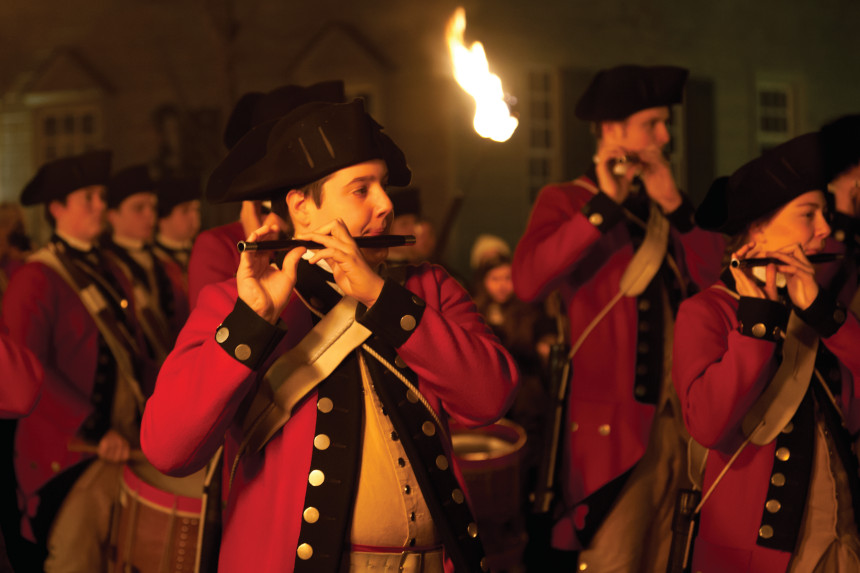“I have but one lamp by which my feet
are guided; and that is the lamp of experience. I know of no way of judging of the future
but by the past.”
—Patrick Henry
These aren’t the most famous lines that Patrick Henry delivered in St. John’s Church on March 23, 1775. But with this speech — better known for his saying “give me liberty or give me death” — America’s founding firebrand invoked the power of history to light the fledgling nation’s way toward a better future.
Henry had captured an essential truth with ancient roots. “Study the past if you would divine the future,” Confucius had said centuries earlier. Today, a paraphrase of that maxim looms large in the heart of our nation’s capital, carved into the bases of two 65-ton statues titled Past and Future — the former, represented in the form of an elder man; the latter, as a youthful woman — seated outside the National Archives on Pennsylvania Avenue.
Understanding our past is no less critical now than it was in Henry’s time to building a better future for America. We would argue, in fact, it is all the more so, given the ever-increasing pace of change in social, political, and cultural affairs and the thick webs of connectivity linking communities and individuals today.
Yet that fundamental knowledge of our nation’s story, of our founding principles and our common national inheritance, is increasingly hard to come by.
This past February, results from a Woodrow Wilson National Fellowship Foundation survey revealed that only 4 in 10 Americans — and significantly fewer among those under age 45 — could pass a basic test of American history. Just 15 percent knew when the U.S. Constitution was written. Less than a third could correctly identify three of the original 13 states. Roughly 40 percent thought Benjamin Franklin invented the light bulb.
Sadly, these results were not outliers. Most Americans cannot name the three branches of government, according to findings from the Annenberg Public Policy Center. More than a third cannot name one right guaranteed under the First Amendment.
The news about younger Americans is even more alarming, although not exactly surprising. For years, our national zeal for more technical STEM-centered instruction, coupled with an increasing reliance on standardized testing, has driven social studies out of the classroom. Consequently, kids aren’t learning much of it. The last results of the National Assessment of Educational Progress (NAEP) revealed that 29 percent of American eighth-graders demonstrated “below basic” knowledge of U.S. history. Another 53 percent fell into the “basic” knowledge category, with just 18 percent registering “proficient” or better.
Almost three-quarters of those born before World War II considered it “absolutely important” to live in a democratically governed country. Just 30 percent of millennials felt that way.
And the story doesn’t get much better when our young people go on to college. In December 2016, George Washington University in Washington, D.C., announced that history majors are no longer required to take a single course on American history to graduate. This in a university that is named after our first president and located in our nation’s capital.
This begs the question: If the youngest generations of Americans grow up lacking a basic understanding of the past, ignorant and unaware of the essential beliefs which have guided our nation for nearly three centuries, what kind of nation will we be in 10, 20, or even 100 years from now? What kind of leaders will we produce? What kind of nation will we be leaving to future generations of Americans?
Former President Harry S. Truman wrote in his memoirs, “My debt to history is one which cannot be calculated. I know of no other motivation which so accounts for my awakening interest as a young lad in the principles of leadership and government.”
When the last results of the history NAEP were released, Michelle Herczog, then-president of the National Council for the Social Studies, put it another way: “Why is this important? The representative democracy established by our Founding Fathers calls for all members of society to be represented in legislatures, political offices, jury boxes, and voting booths. Unfortunately this vision has yet to be realized. …
“How do we, as a nation, maintain our status in the world if future generations of Americans do not understand our nation’s history, world geography, or civic principles and practices?” she asked.
How, indeed? The simple truth is we cannot.
It doesn’t have to be this way.
Older Americans, however, can help change this narrative — by meeting younger generations at the crossroads of America’s history, up close and in person.
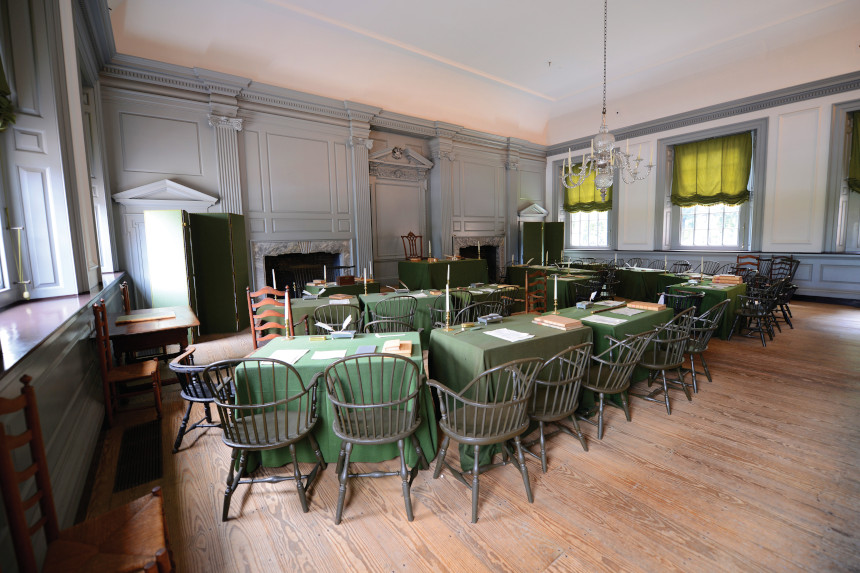
- What better way to understand the foundations of our democracy than to visit Colonial Williamsburg, Independence Hall, the National Archives, Plymouth Rock, the Old North Church, or Ellis Island?
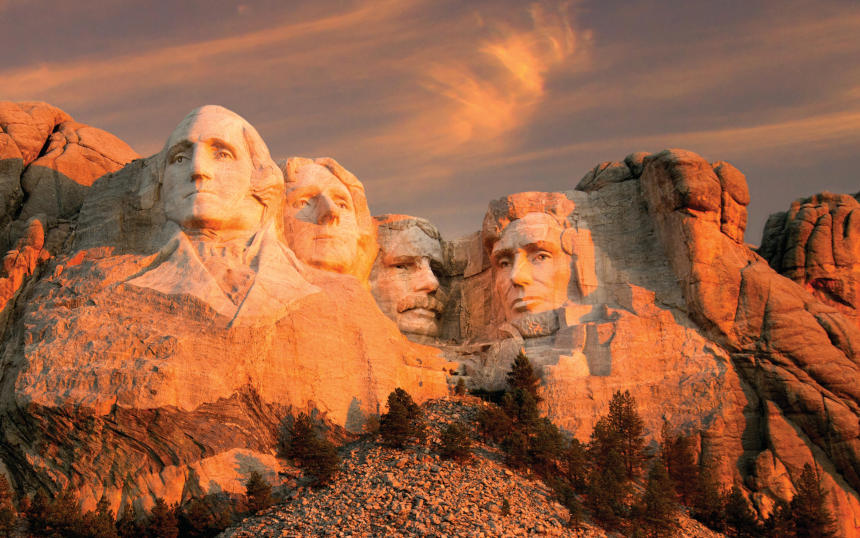
- What better way to understand our presidents than by visiting Mount Vernon, Monticello, Mount Rushmore, or the many presidential homes and libraries across the countryWhat better way to understand the sacrifices ordinary men and women have made over the years to defend our democracy than by visiting Gettysburg, Bunker Hill, Yorktown, Valley Forge, Appomattox, Fort Henry, the Alamo, Pearl Harbor, Little Big Horn Battlefield, the Vietnam Memorial, Arlington National Cemetery, the Tuskegee Airmen National Historic Site, or the 9/11 Memorial and Museum?
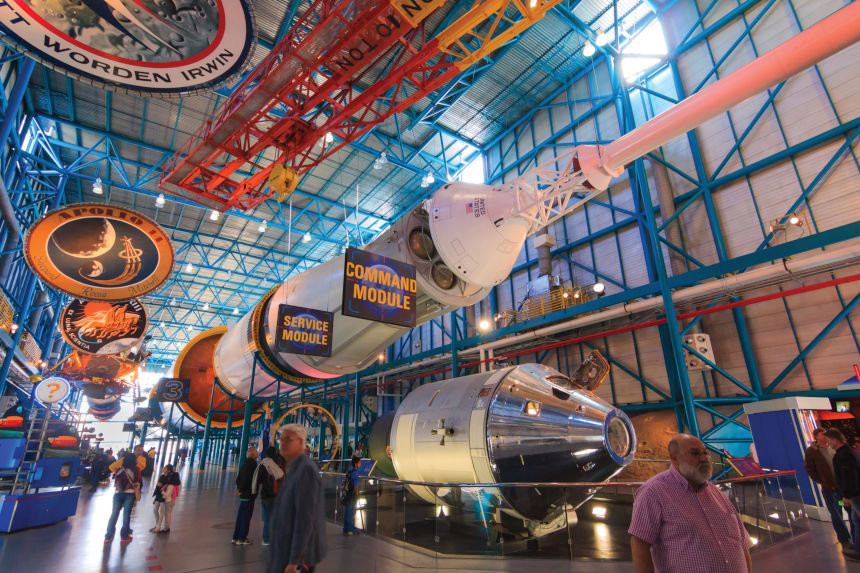
- What better way to understand how inventors and great inventions have contributed to and changed our culture and way of life than to visit Kitty Hawk, Golden Spike, the Henry Ford Museum, the Kennedy Space Center, Hoover Dam, or the National Air and Space Museum?
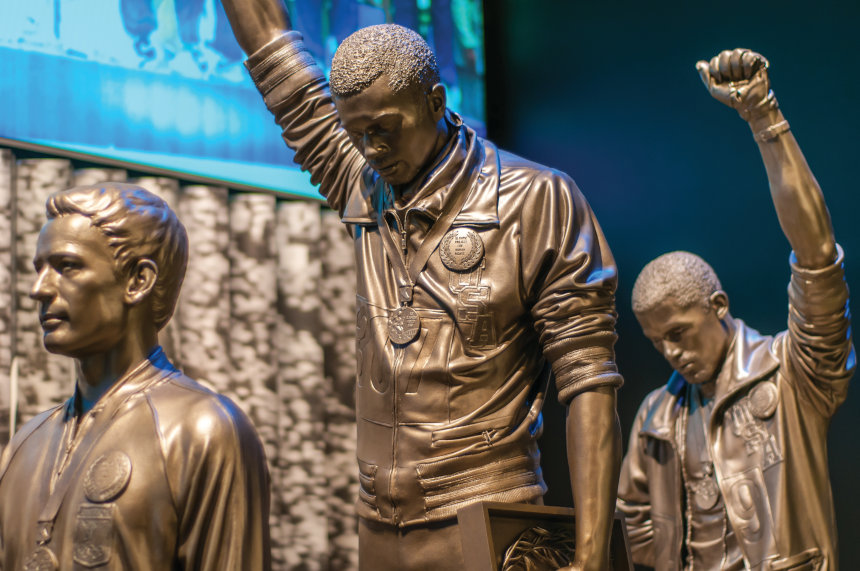
- What better way to understand the impact of social movements on our nation and our people than to visit the National Museum of African American History, the National Museum of the American Indian, the National Historical Park in Seneca Falls, the GLBT History Museum in San Francisco, or the Rosa Parks Museum?
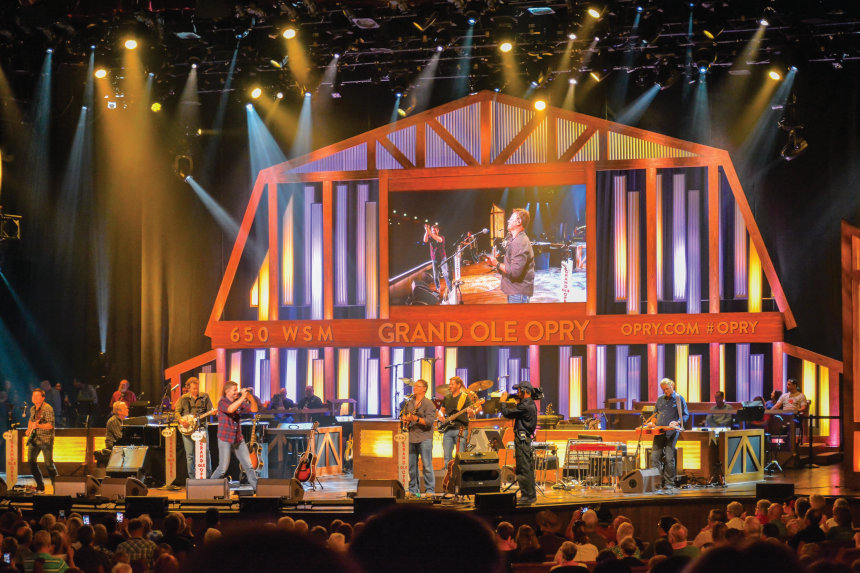
- And, what better way to understand the roots of our popular culture than by visiting the Baseball Hall of Fame in Cooperstown, the Rock and Roll Hall of Fame, the Grand Ole Opry, the Autry Museum of the American West, the Cherokee Heritage Center, Fallingwater, or the various film, art, television, radio, and sports museums located throughout the country?
Sharing these experiences is what brings history to life. It helps us understand and appreciate who we are and where we are today. Most importantly, it inspires us to build on that history to create a better and brighter tomorrow for future generations.
In this age of short memories and even shorter attention spans, echo chambers, and tweeting in all caps, there remain thousands of opportunities for older and younger Americans to turn away from the noise and to reconnect with places where Americans fought for our freedom, found their inspirations, shaped our culture, and forged our most precious, guiding principles. By visiting the places where so much has been won, lost, and learned, America’s youth can begin to understand who we are as a people and what kind of future we want to build for ourselves.
Why ask older America to lead this charge? It’s not because everyone over the age of 50 is a scholar of U.S. history. We don’t all remember every word of the Gettysburg Address, and we can’t all recite details about the Louisiana Purchase or the French and Indian War. But many of us did absorb much of our knowledge of America’s story at a time when learning history was a more valued endeavor — in our schools, homes, and culture at large.
Throughout the ages, older people have served as our “keepers of the culture,” as the late Dr. Gene Cohen, a renowned psychiatrist and expert on creativity and aging, has pointed out. Transmitting a lifetime of knowledge and experience from an older person to a younger one can inspire dreams, create careers, spur innovations, and provide a fulfilling life. As our nation struggles to find a common purpose and a national identity, a journey to rediscover our American roots can be a means to our coming together to envision and build a better America for our children and grandchildren, and future generations.
Trekking to hallowed historic ground was once considered equal parts education, recreation, and civic duty. Visitation numbers don’t lie. In decades past, more school groups and families spent considerably more time and resources touring battlefields and presidents’ homes, historic halls of government, history museums, and ancient harbors and farms. It was part of our collective coming-of-age and, as a result, baked into our collective American identity. It was our shared national inheritance.
Consider, by contrast, the experiences of Generation Z, born roughly between 1995 and 2010. Studies show this young generation feels unmoored from our nation’s defining institutions, which they tend not to trust. And like the millennials who preceded them, only a fraction self-identify as “patriotic” (15 percent), in stark comparison to their elders. That’s according to a 2017 study by 747 Insights, a firm specializing in multigenerational research.
Now more than ever, young Americans need the chance to rediscover their country and find their place in its story. They deserve to hold history in their own hands, feel its pulse beneath their feet. At birthplaces, workplaces, and family homes of presidents and generals, artists, activists, and inventors, and the millions of Americans who were enslaved. At sites of military battles and of protests for political and social change.
At these crossroads of past and present, grandparents, great-uncles, aunts, and others can share with younger generations what they have lived and seen of America’s story, what they know and were taught of it themselves, and why it still matters. They can inspire a deeper understanding of — and interest in — our history. And in the process, they may renew and expand their own.
Older Americans share the lamp of experience because they have a burning desire to leave the world a better place than they found it. They also see the value in connecting the generations to build stronger intergenerational relationships. Taking younger family members (or volunteering to accompany other children on school or church trips, for example) to visit historical sites achieves both of these purposes, while helping to rekindle all Americans’ sense of national identity. It not only helps strengthen our connections with one another, it gives younger generations a greater appreciation for our national motto, E Pluribus Unum — out of many, one.
In his book How to Live Forever: The Enduring Power of Connecting the Generations, Marc Freedman points out that “Despite all the negative headlines … surveys reveal an extraordinary degree of mutual respect, most especially between boomers and millennials. And an overwhelming majority of older people say that the opportunity for future generations to prosper is important or very important to achieving America’s promise. We’re witnessing an incipient movement today of older people who are connecting with younger ones, standing up and showing up for the next generation, and resisting the mandate to go off in pursuit of their own second childhood.” So, at a time when there are more Americans over 50 than under 18 for the first time in history, the timing couldn’t be better.
We, too, believe strongly in connections across the generations, and in the power of historic places, because in our respective lines of work we witness their impacts every day. This is a potent formula for change that we feel an urgency to share. For if we do not reverse our collective, downward spiral into historical and cultural amnesia, our nation, and everything for which it has traditionally stood, will pay a very high price.
We believe, in fact, we are seeing the effects already. According to the last World Values Survey results published in the Journal of Democracy, almost three-quarters of those born before World War II considered it “absolutely important” to live in a democratically governed country. Just 30 percent of millennials — those born since 1980 — felt that way. If this is not a long-term threat, we’re not sure what is.
But there is hope. By visiting the past together, we come face to face with America as it was. In so doing we can truly understand how far we have come and imagine still how far we can go. We owe it to our younger generations, and ourselves, to take this journey together.
The possibilities stretch from sea to shining sea, from Ellis Island to Pearl Harbor. Events and movements have unfolded across every part of our landscape that continue to impact our world today. Take your grandchildren to the Susan B. Anthony House in Rochester, New York, and stand in the very room where the suffragette was arrested in 1872, just for casting a vote. Or head south with the family to the restored lunch counter at the original Woolworth’s building in Greensboro, North Carolina, where a 1960 sit-in catalyzed a protest movement across 20 states, involving 70,000 people. Try following the Trail of Tears National Historic Trail, stopping at memorials and museums along the way. As you cross any or all of the nine states and thousands of miles the trail covers, consider together the sheer magnitude of America’s mass relocation of Cherokee and other tribes during the 1830s, its injustice and the devastation it wrought, killing thousands in the process.
These are complex stories, yet they reverberate through time and impact our lives. By going to the source — to see, hear, and touch this history together, where it actually took place — we personalize and deepen our understanding.
Thomas Jefferson believed that an educated citizenry was essential to the preservation of American democracy. He argued that we can’t expect people to fight to preserve American democratic principles if they can’t define what they are. Without historical perspective and knowledge of how people lived, the sacrifices they made for our country, and how our institutions evolved, people have no basis for making rational decisions about the country.
We urge you to share your lamp of experience. It’s a first, important step. We owe it to them, to ourselves, and to future generations to take it — together.
Jo Ann C. Jenkins is CEO of AARP. Mitchell B. Reiss is president and CEO of the Colonial Williamsburg Foundation.
Featured image: Shutterstock.
Become a Saturday Evening Post member and enjoy unlimited access. Subscribe now
